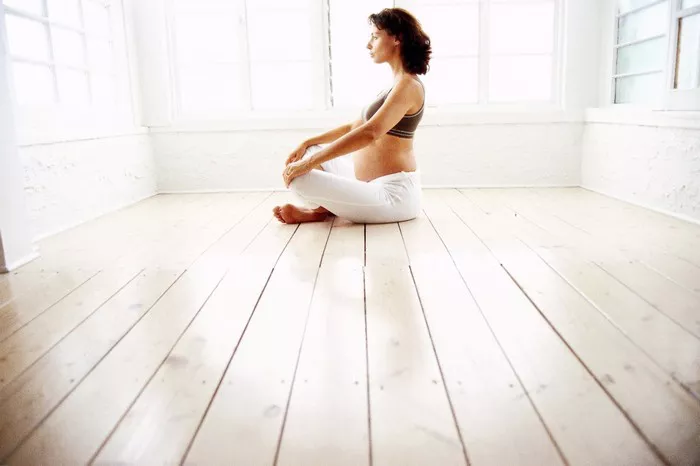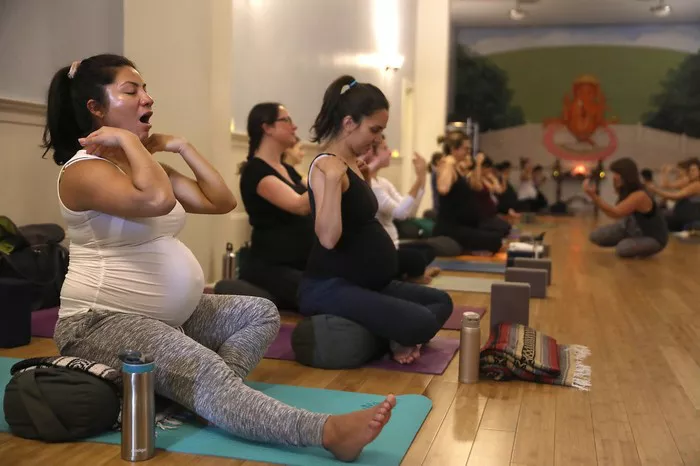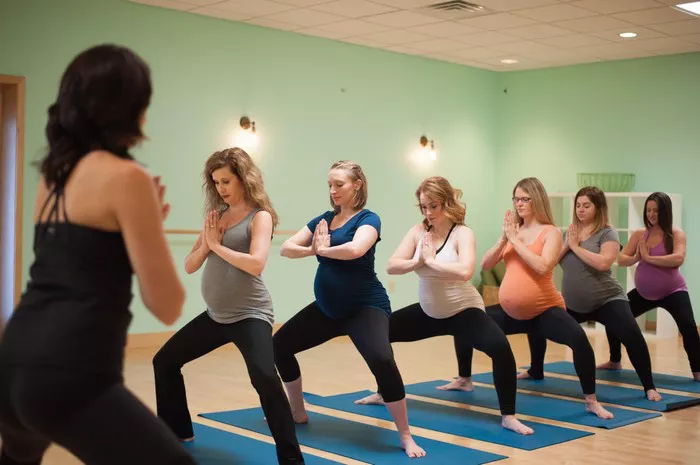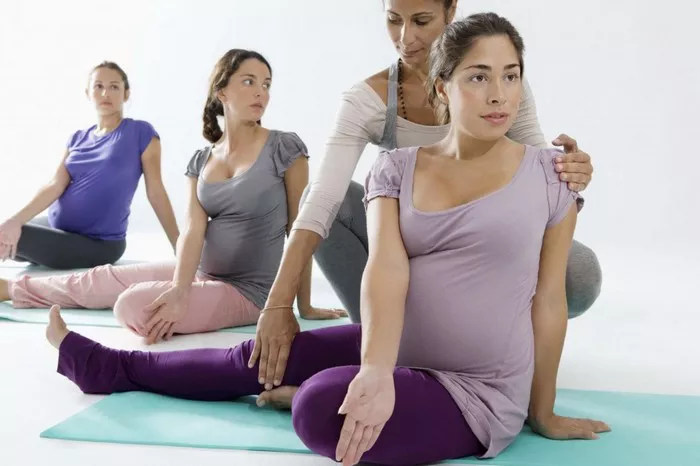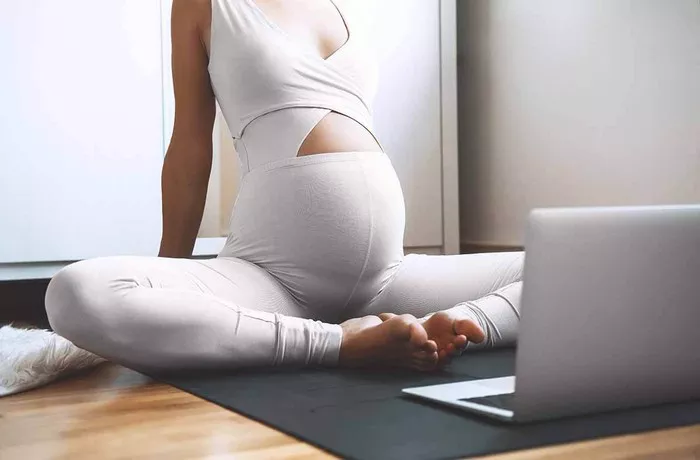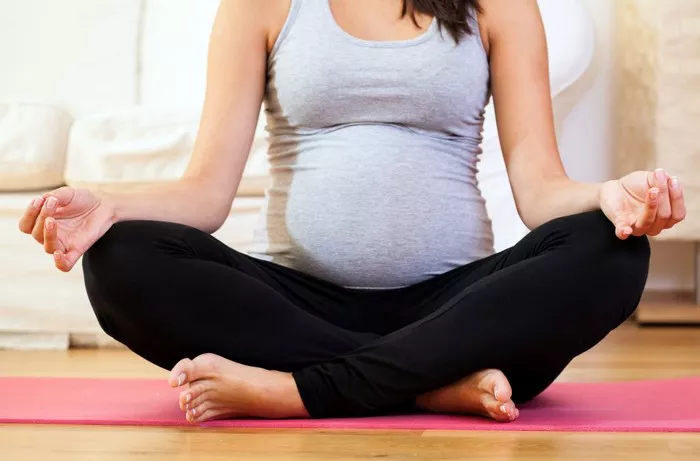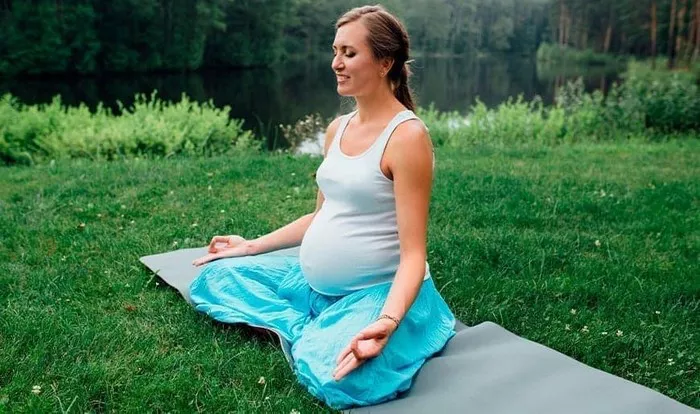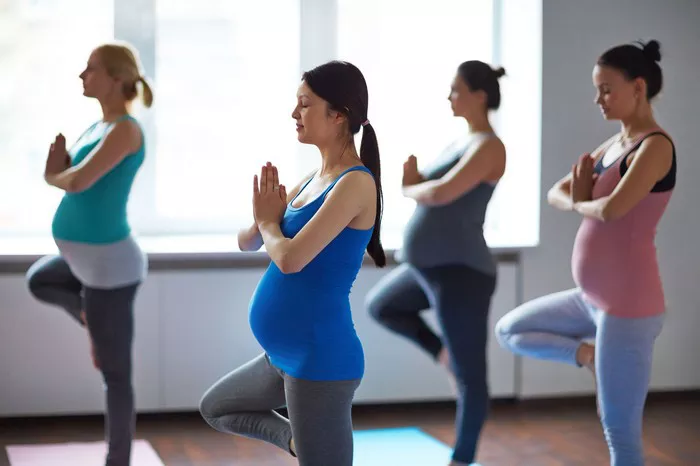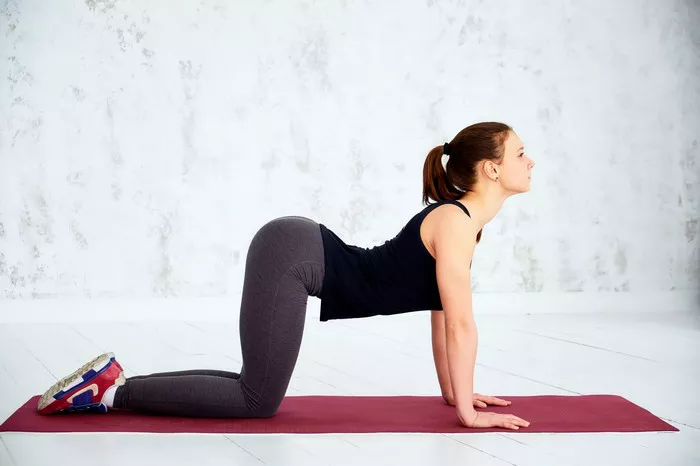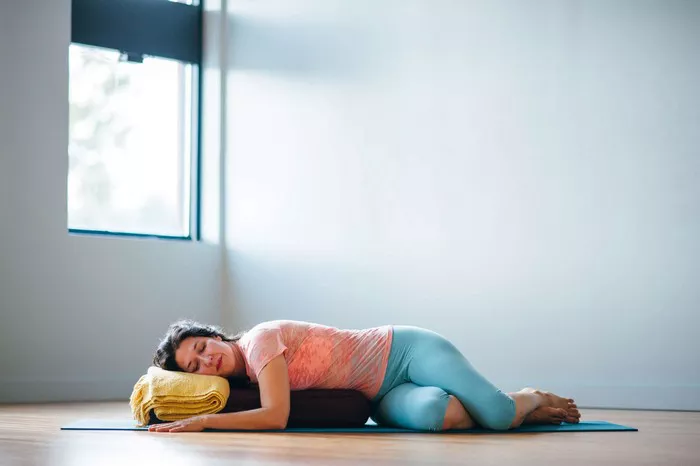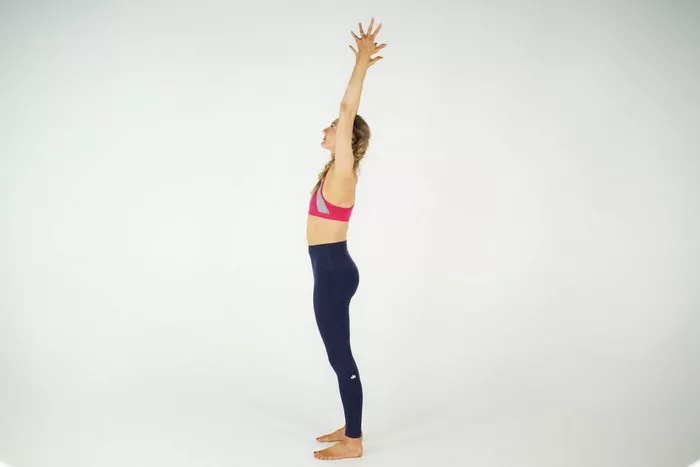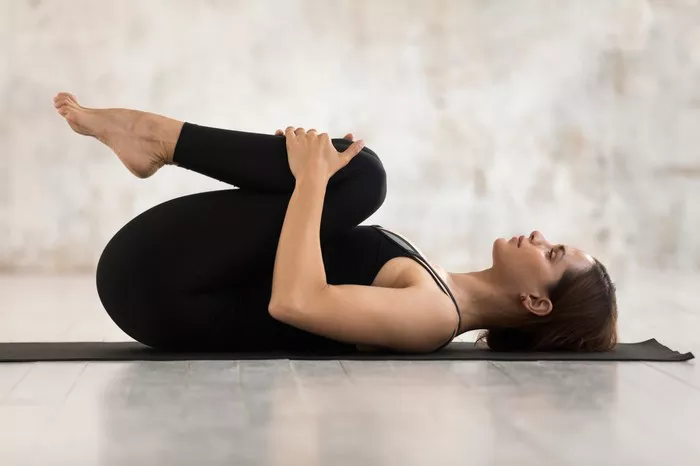Both yoga and walking are popular forms of exercise that provide numerous health benefits. Each offers its own unique advantages and has been shown to improve physical and mental health in different ways. The question of which is better—yoga or walking—depends largely on individual preferences, fitness goals, and lifestyle. In this article, we will explore both practices in-depth, examining their respective benefits, potential drawbacks, and how they can complement each other in a well-rounded fitness routine.
Overview of Yoga
Yoga is a holistic practice that involves physical postures, breathing exercises, meditation, and ethical principles. It originated in ancient India thousands of years ago and has evolved into a widely practiced discipline around the world. The primary focus of yoga is the connection between the body, mind, and breath. While there are many different types of yoga, each with its own emphasis, they all share common elements aimed at promoting physical flexibility, mental clarity, and spiritual awareness.
Common Types of Yoga
Hatha Yoga: Focuses on basic postures and is ideal for beginners.
Vinyasa Yoga: Involves a series of flowing movements linked with breath, often practiced to music.
Ashtanga Yoga: A more rigorous form of yoga with a set series of postures performed in a specific order.
Yin Yoga: A slower practice that focuses on holding stretches for extended periods to deepen flexibility.
Bikram Yoga: A form of yoga practiced in a heated room, involving 26 postures and two breathing exercises.
Restorative Yoga: A gentle style of yoga aimed at relaxation and stress relief.
Key Benefits of Yoga
Improved Flexibility: Regular yoga practice improves flexibility by stretching muscles and increasing joint mobility. It can help with conditions such as tight hamstrings, stiff necks, and back pain.
Stress Reduction: Through mindful breathing and meditation, yoga is effective in reducing stress and promoting relaxation. The mind-body connection cultivated through yoga helps individuals manage anxiety and calm the nervous system.
Strength Building: While yoga may not appear as intense as weight training, holding postures and supporting your own body weight helps build strength, particularly in the core, arms, and legs.
Balance and Coordination: Yoga helps improve balance and coordination by strengthening stabilizing muscles and fostering better posture.
Mental Clarity and Focus: Meditation and mindful breathing in yoga help improve mental focus and enhance concentration. Regular practice can lead to increased self-awareness and emotional regulation.
Pain Relief: Certain yoga postures target areas of chronic pain, such as lower back discomfort, neck tension, and headaches. Yoga is often recommended as a complementary therapy for pain management.
Potential Drawbacks of Yoga
Intensity Level: Depending on the style, yoga can sometimes be intense for beginners, especially forms like Ashtanga or Bikram. Those new to yoga may find some postures difficult to perform initially.
Risk of Injury: As with any physical activity, there is a risk of injury if postures are not performed correctly or if the body is pushed too hard. It’s important to practice proper alignment and work within your limits to avoid strain.
Time Commitment: A typical yoga session may last anywhere from 30 minutes to an hour or more. For those with a busy lifestyle, setting aside time for yoga may feel like a challenge.
Overview of Walking
Walking is one of the simplest and most accessible forms of exercise. It involves the rhythmic movement of the body and is a low-impact activity that almost anyone can do, regardless of fitness level. Walking is a weight-bearing exercise, meaning it helps maintain bone density and promotes overall cardiovascular health. Walking can be done almost anywhere and requires minimal equipment—just a comfortable pair of shoes.
Key Benefits of Walking
Improved Cardiovascular Health: Walking regularly improves heart health by increasing circulation, reducing blood pressure, and lowering the risk of heart disease. It is often recommended for individuals with hypertension or high cholesterol.
Weight Management: Walking is an excellent way to burn calories and promote weight loss. Depending on the pace and duration, walking can contribute to fat burning and help maintain a healthy weight.
Enhanced Mood: Walking is known to release endorphins, the body’s natural “feel-good” chemicals. Regular walks can help alleviate symptoms of depression, anxiety, and stress.
Improved Circulation and Digestion: Walking stimulates blood flow and enhances the digestive process. It is a great way to stay active, especially for those who have sedentary jobs or lifestyles.
Joint Health: Walking is a low-impact activity that strengthens the muscles around the joints, including the knees, hips, and lower back. It is gentle on the joints compared to higher-impact exercises like running or jumping.
Social Interaction: Walking can be a social activity when done with friends, family, or a walking group. It provides an opportunity to bond with others while staying physically active.
Potential Drawbacks of Walking
Limited Intensity: While walking is beneficial for overall health, it may not provide the same level of intensity as more vigorous forms of exercise like running or strength training. It may not be sufficient for individuals seeking to build significant muscle mass or strength.
Impact on the Lower Body: Walking, particularly on hard surfaces like concrete, can place stress on the lower body joints. Individuals with existing joint problems or arthritis may experience discomfort during long walks.
Time and Environment Constraints: Although walking is an accessible form of exercise, it is dependent on the availability of safe and pleasant walking environments. Weather conditions or urban areas with heavy traffic may make walking less enjoyable or even unsafe.
Comparing Yoga and Walking
Now that we’ve explored the individual benefits and drawbacks of yoga and walking, let’s compare these two activities to help determine which might be better suited to your needs.
1. Intensity and Fitness Goals
If your goal is to improve cardiovascular fitness, walking is likely the better option. A brisk walk can elevate your heart rate, improve circulation, and strengthen your heart. Walking is also excellent for weight management and calorie burning, particularly when done for longer periods.
However, if your goal is to increase flexibility, strength, or mental well-being, yoga may be the more effective choice. Yoga helps build strength in both the muscles and the mind, promotes joint mobility, and reduces stress. Certain forms of yoga, like power yoga or Vinyasa, can provide a good cardiovascular workout, but it typically won’t be as intense as a brisk walk.
2. Convenience and Accessibility
Walking is perhaps the most accessible form of exercise—almost everyone can walk, and it can be done almost anywhere. All you need is a pair of comfortable shoes, and you’re ready to go. Walking doesn’t require a gym, special equipment, or a specific location.
Yoga, on the other hand, may require a mat, comfortable clothing, and, depending on the style, may be best practiced in a quiet space. While yoga can be done at home, joining a class (in person or online) may enhance the experience.
3. Mental Benefits
Yoga excels when it comes to cultivating mindfulness, improving mental clarity, and reducing stress. Meditation, deep breathing, and body awareness are integral to yoga practice, helping practitioners achieve mental balance. For individuals seeking relaxation, improved focus, or a greater sense of inner peace, yoga is likely the better option.
While walking can also be calming, especially in nature, it doesn’t offer the same level of focused mental benefits that yoga provides. Walking can help clear your mind and improve mood, but yoga can take mental clarity to a deeper level with its emphasis on conscious breathing and stillness.
4. Long-Term Sustainability
Both yoga and walking are sustainable forms of exercise, but walking may have a slight edge in terms of consistency. It’s easy to incorporate walking into daily life, whether it’s during a lunch break, as a form of transportation, or as a daily habit. Most people can walk for a prolonged period of time without feeling overly fatigued.
Yoga, however, may require more commitment to improve over time. It involves mastering a series of postures and potentially requires regular classes to develop proper technique. However, once learned, yoga can be practiced almost anywhere and at any time.
5. Injury Prevention and Rehabilitation
Yoga is often recommended for injury prevention and rehabilitation. It promotes balance, flexibility, and strength, which can help reduce the risk of future injuries. The focus on body alignment and posture correction also contributes to better movement patterns in daily life.
Walking, being low-impact, is also gentle on the body and easy on the joints. However, if someone is recovering from a serious injury or surgery, yoga may be a more suitable option for rehabilitation, as many yoga poses target specific areas of the body and can be modified based on the individual’s needs.
Combining Yoga and Walking
Rather than choosing one over the other, many individuals find it beneficial to combine yoga and walking into their fitness routine. This combination offers a balanced approach that addresses both physical and mental well-being. Walking provides cardiovascular benefits, while yoga enhances flexibility, strength, and mindfulness. Together, they create a holistic approach to health that fosters well-being in both the body and mind.
Conclusion
Ultimately, the decision between yoga and walking comes down to personal preference, fitness goals, and lifestyle. If you seek improved cardiovascular health, weight management, and simplicity, walking may be the better option for you. If you want to build strength, enhance flexibility, and foster a deeper connection with your body and mind, yoga may be the right choice.
For many people, the answer is not “either/or,” but “both.” By integrating yoga and walking into your fitness regimen, you can enjoy the best of both worlds—physical fitness, mental clarity, and overall well-being.
Related Topics:

